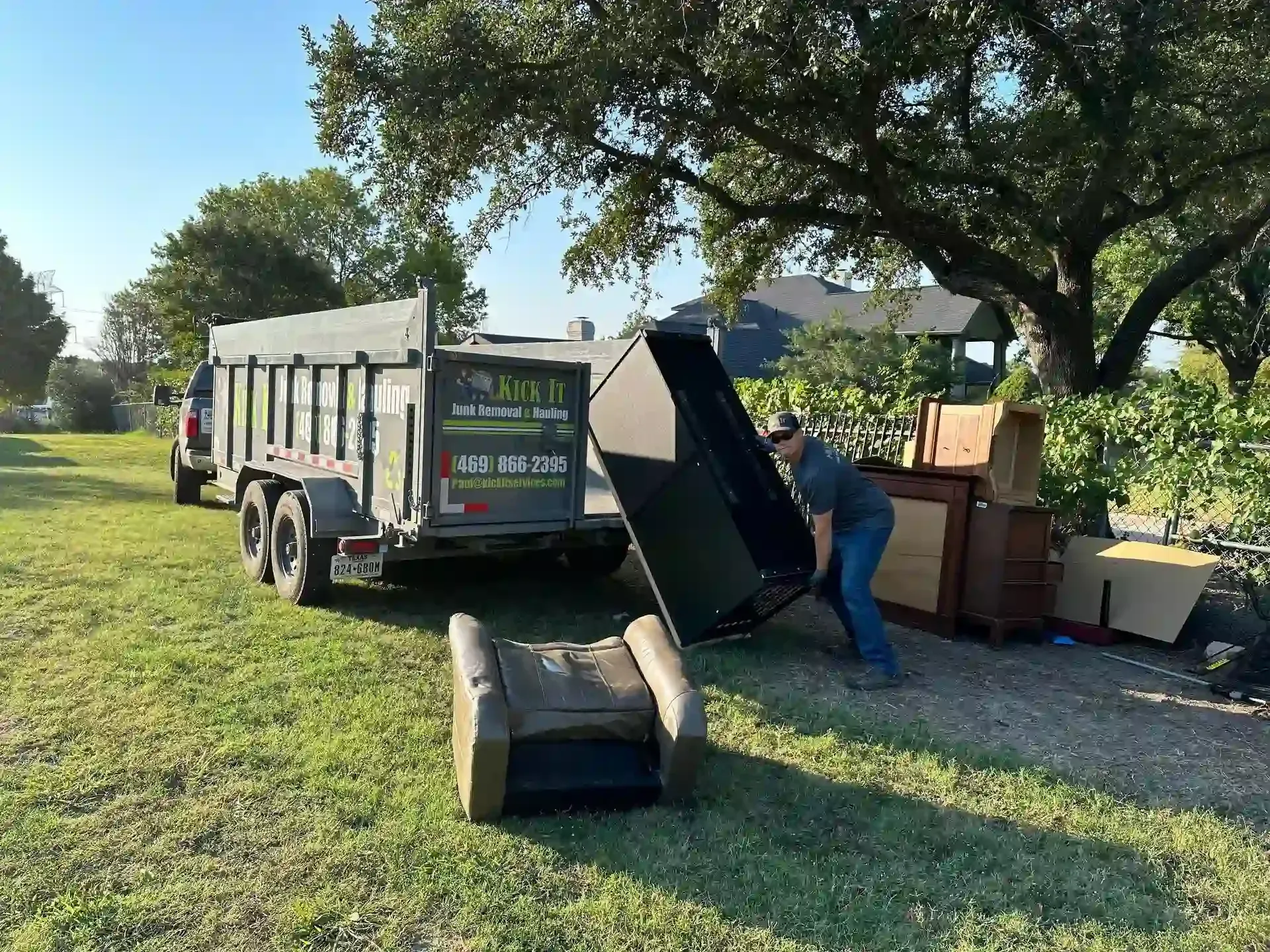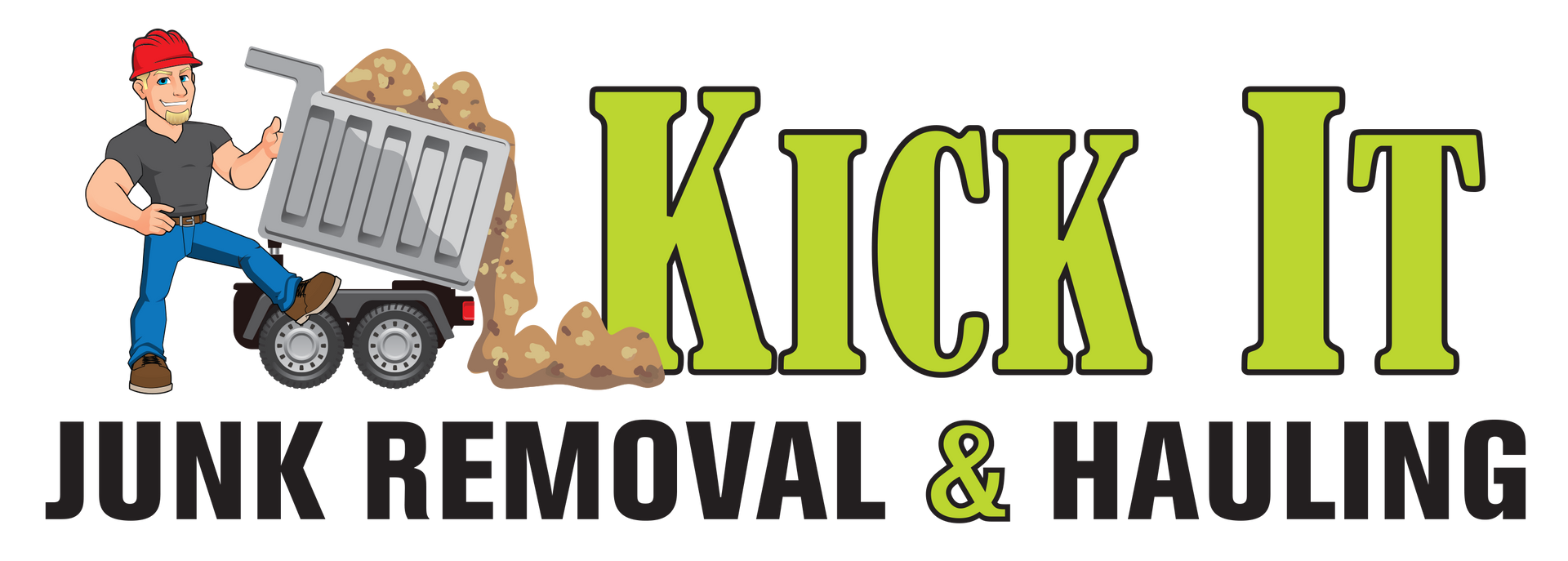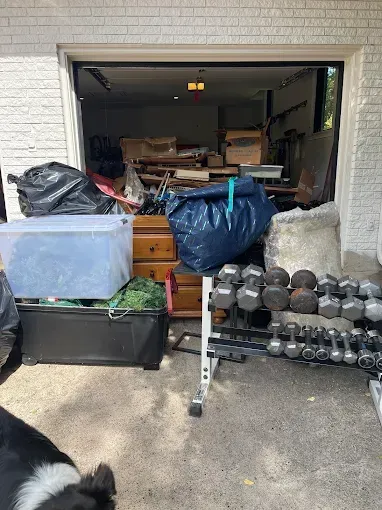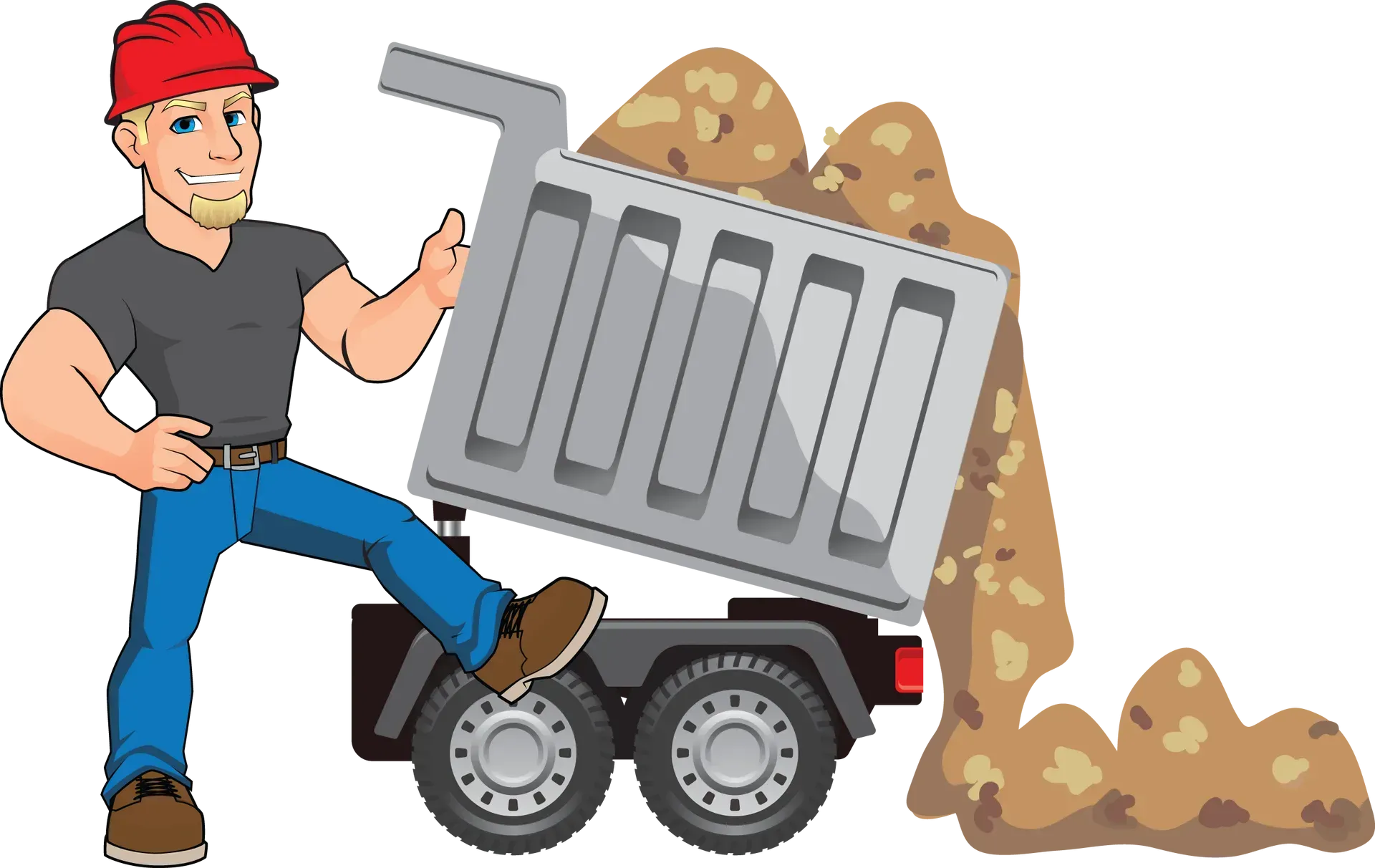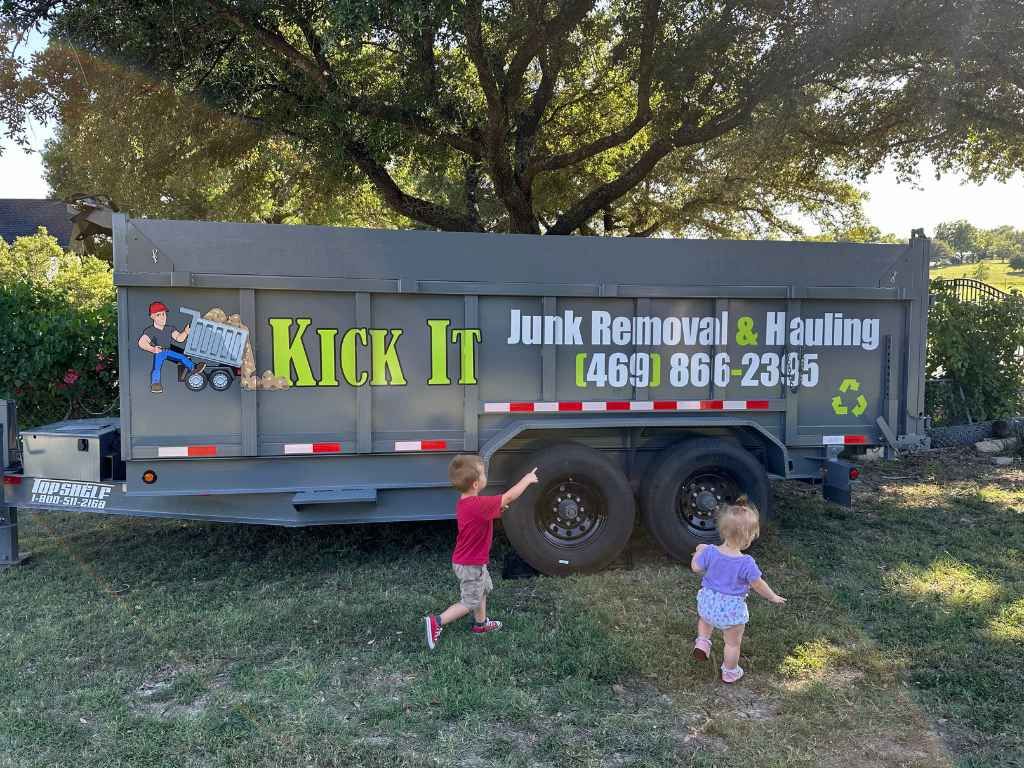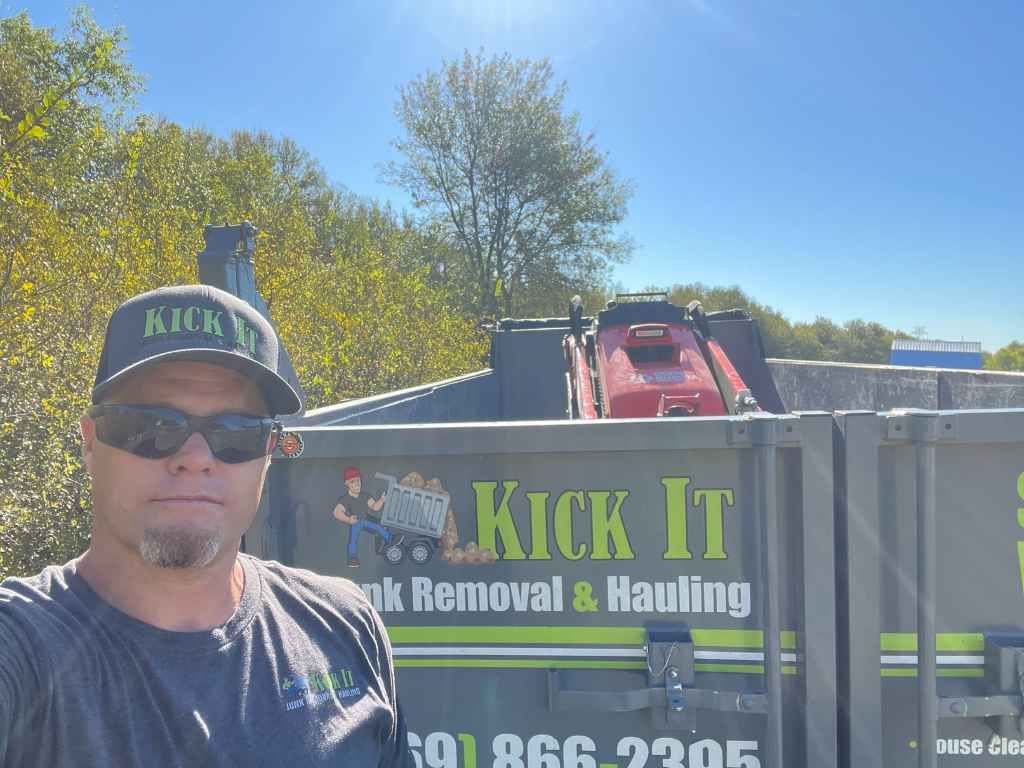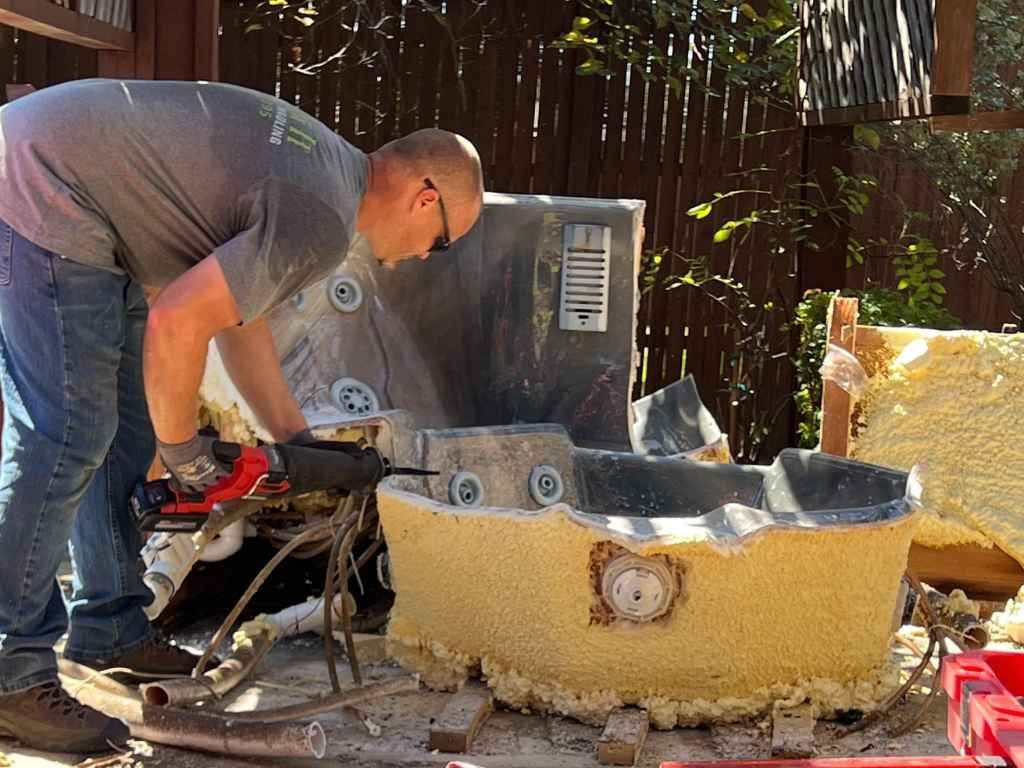How to Handle Bulky Items During Your Junk Removal
When it comes to junk removal, most people picture small items like papers, old clothing, or maybe even small furniture pieces. However, every so often, you’ll encounter larger, heavier items that are more challenging to get rid of. These bulky items can be anything from a broken-down refrigerator or oversized sofa to a hot tub or outdated construction debris. The thought of removing these large, unwieldy objects can be intimidating, but with the right preparation and approach, you can make the process easier and safer. Here’s how to handle those bulky items during your junk removal process.
What Are Bulky Items?
Bulky junk refers to large, heavy, or difficult-to-handle waste items that are usually much bigger than standard household trash. These types of items are often too large to fit into a regular trash bin, and they can pose specific challenges in terms of removal and disposal. Bulky items include:
- Furniture like couches, recliners, and mattresses
- Appliances such as refrigerators, washing machines, and dryers
- Hot tubs, spas, and pool equipment
- Large electronics, like old televisions and stereo systems
- Yard equipment and tools, such as lawnmowers or construction debris
- Broken items that cannot be repurposed or resold
Handling these types of items isn’t always as simple as tossing them into a dumpster. In fact, improper removal can result in injury, damage to your property, or added disposal costs. That’s why it’s essential to approach bulky junk removal with careful planning.
Preparing for Bulky Junk Removal
Before you begin the physical process of removing bulky items, proper preparation is crucial. Preparation involves more than just getting your hands dirty—it’s about understanding the logistics of the removal and ensuring safety. Here’s how to prepare:
1. Assess the Item’s Condition
The first step is to evaluate the condition of the bulky item. Some pieces, like sofas or appliances, may still be in good working condition or could be sold or donated. If the item is still functional, consider donating it to a local charity, listing it on a resale site, or passing it along to someone in need. Doing so not only helps others but can also reduce the amount of waste going to landfills.
However, if the item is beyond repair or use, it’s time to plan for junk removal. Knowing the condition of the item can help you decide whether to dispose of it, recycle it, or donate it.
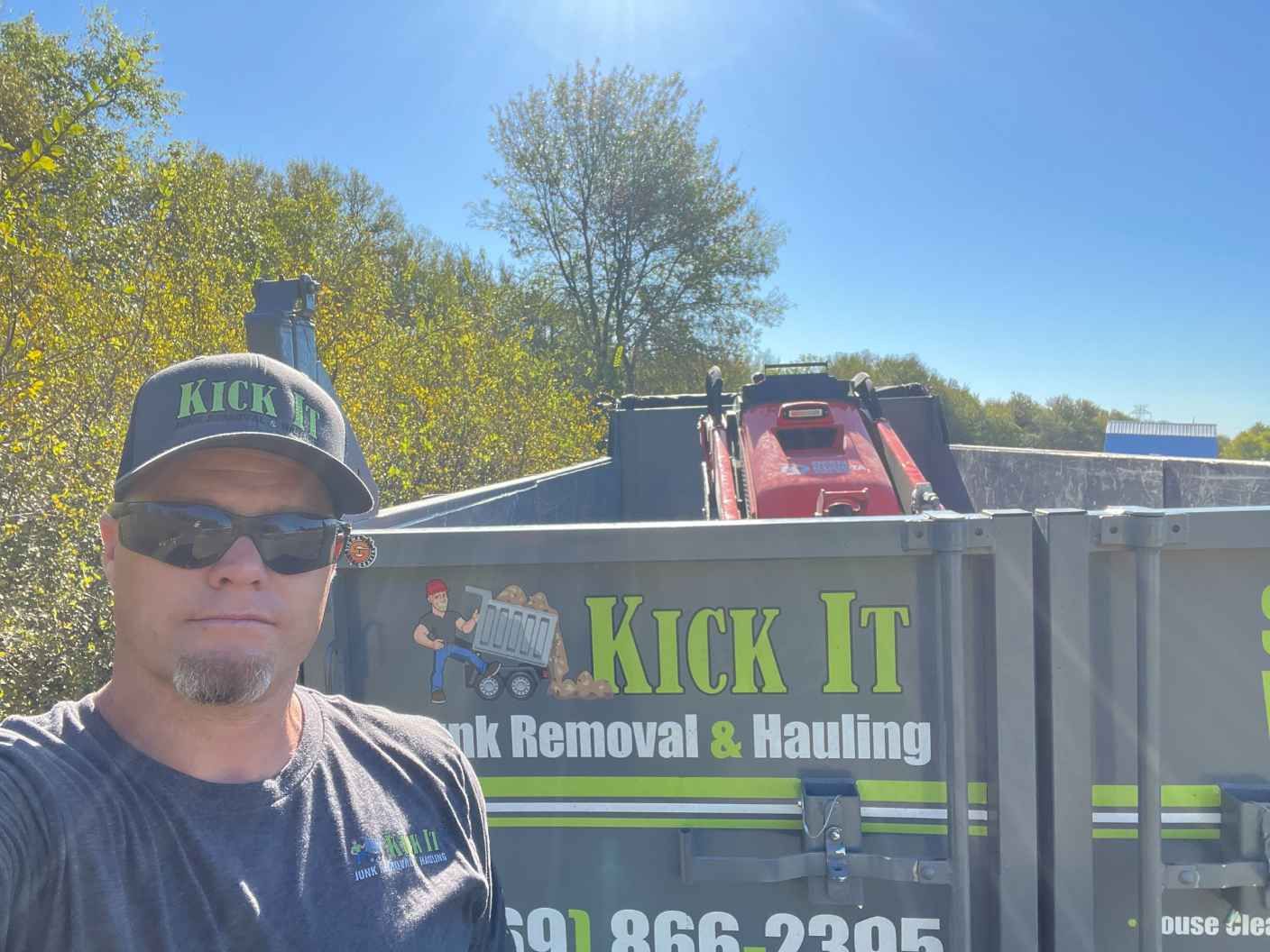
2. Know Local Disposal Regulations
Different areas have different regulations and guidelines for bulky item disposal. For example, many cities have designated bulk trash days when large items are picked up for free or for a small fee. On the other hand, you may need a special permit for large-item removal, depending on local laws. Before you start hauling junk, it's a good idea to check with your local waste management services to determine what items can be discarded, where they should go, and if any additional charges or permits apply.
3. Plan the Removal Process
The logistics of bulky junk removal are crucial to ensuring the process runs smoothly. The size and weight of the item will dictate how you approach removal. Consider the following:
- Access: Can the bulky item be easily moved through doors, hallways, or staircases? Are there obstacles along the way?
- Disassembly: Does the item need to be taken apart before it can be moved? This is often the case with large furniture pieces, appliances, or hot tubs.
- Help: Is this a one-person job, or will you need extra hands to help? It’s important to assess how many people are required to safely remove the item.
By thinking through these elements, you’ll be better prepared for what comes next.
The Tools You Need for Bulky Junk Removal
Removing bulky items is no small feat, but the right tools can make a significant difference in how easily and safely you complete the task. Here are some essential tools and equipment you may need for various types of bulky junk:
1. Dollies and Hand Trucks
For moving heavy or oversized furniture and appliances, dollies and hand trucks are incredibly helpful. These wheeled tools allow you to roll rather than carry heavy items, saving your back and reducing the risk of injury. Look for sturdy, well-constructed models that can support the weight of the item you need to move.
2. Lifting Straps
Lifting straps are another tool that can make bulky item removal easier. These straps are designed to distribute weight evenly across your body and reduce the strain on your back. They are especially useful for large, heavy items like refrigerators, mattresses, or couches that need to be lifted and carried. When used correctly, lifting straps can significantly minimize the physical effort required to move an item.
3. Furniture Sliders and Pads
Furniture sliders are small, smooth pads that fit under the legs or corners of heavy furniture. They allow you to slide the item across floors with minimal effort and prevent damage to hardwood floors or carpet. Additionally, using moving blankets or pads can help protect both your furniture and your property. These can be draped over items to shield them from scratches and bumps as you move them through doorways or narrow hallways.
4. Power Tools for Disassembly
Sometimes, bulky items like furniture, hot tubs, or appliances need to be taken apart before they can be moved. Power tools such as screwdrivers, wrenches, and saws may come in handy for disassembling large furniture pieces or cutting down items that are difficult to move in their entirety. Having the right tools on hand can save you time and effort.
How to Safely Move Bulky Items
Safety should always be a top priority when handling bulky junk. Improper lifting or rushing through the process can result in injuries, property damage, or broken items. Here are some tips for safely removing bulky junk:
1. Use Proper Lifting Techniques
If you’re moving an item manually, proper lifting techniques are essential. Always bend at the knees, not at the back, and use your legs to do the heavy lifting. This helps prevent back strain and minimizes the risk of injury. If you’re working with a team, communicate clearly and ensure everyone is on the same page. When lifting a bulky item, it’s crucial to have a coordinated effort to make the task safer.
2. Don’t Overload Yourself
It’s easy to think you can handle everything at once, but when it comes to moving large items, more is not always better. If you’re dealing with an extremely heavy or oversized item, don’t try to move it by yourself. Asking for help or hiring professionals is often the best solution. The last thing you want is to injure yourself or risk damaging the item or your home.
3. Wear Protective Gear
When moving heavy items, don’t forget to wear protective gear. Gloves are essential for maintaining a solid grip while also protecting your hands from sharp edges. If you’re handling particularly heavy or awkwardly shaped items, consider wearing knee pads or back support to reduce strain. Proper footwear, such as sturdy boots, can also protect your feet from dropped items or stepping on rough surfaces.
4. Clear Obstacles and Hazards
Before moving bulky items, clear the path of any obstacles like furniture, rugs, or decor. This helps reduce the risk of tripping and ensures you have a smooth route to move the items out of your home. Pay special attention to narrow spaces or stairs, as these can present additional challenges.
How to Dispose of Bulky Items
Once the bulky item is removed from your home, the next step is proper disposal. Many of these items can be recycled or repurposed in some way, while others will need to be discarded.
1. Donate or Recycle
Many bulky items, especially furniture and appliances, can be recycled or donated. Appliances like refrigerators and washing machines contain valuable materials such as metals and plastics that can be reused. Furniture in good condition can be donated to local shelters, charities, or thrift stores. Check if the items you’re removing can be recycled or reused by local organizations or recycling centers.
2. Professional Junk Removal
If recycling or donation isn’t an option, hiring a professional junk removal service is a great way to ensure your bulky items are disposed of properly. Junk removal companies typically have large trucks and the expertise to handle bulky items efficiently. They will also ensure that your items are taken to the appropriate disposal or recycling facilities, minimizing the environmental impact.
3. Special Disposal
Some bulky items, such as electronics or mattresses, have special disposal requirements. Electronics often need to be taken to specific e-waste recycling centers, while mattresses may be subject to special disposal fees. Check with local waste management or junk removal services to ensure you’re following the proper disposal methods for your bulky junk.
Conclusion
Removing bulky items from your home doesn’t have to be a stressful or daunting task. By preparing properly, using the right tools, and taking safety precautions, you can effectively manage the removal process. Whether you’re moving a broken-down refrigerator, large furniture, or construction debris, a thoughtful and careful approach can help you clear your space without incident.
If you're in the Forney, Texas area, Kick It Junk Removal & Hauling offers reliable and professional junk removal services. Whether you're dealing with oversized furniture, broken appliances, or any other type of bulky junk, they’re ready to assist you. Call them today at 469-866-2395 or reach out via email at Paul@kickitservices.com for expert help in safely removing your bulky junk.
